Dryer Vent Cleaning Services
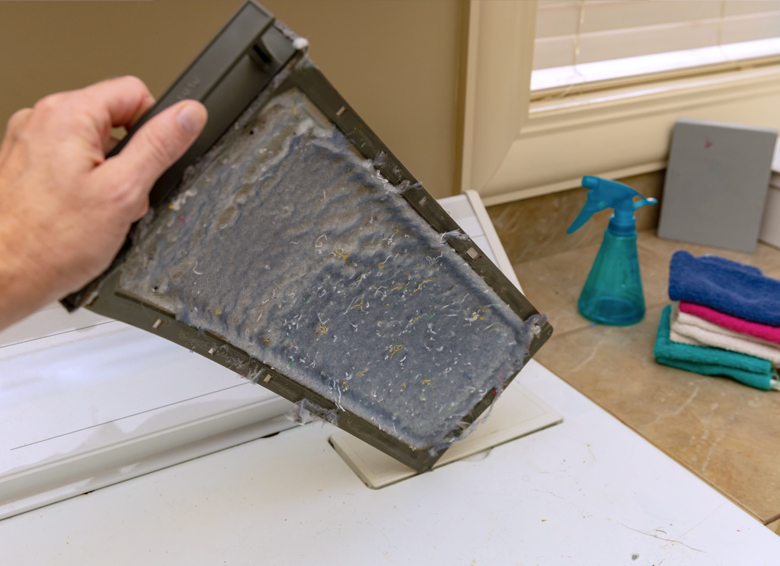
1. Lint screens do not capture 100% of the lint.
The lint filter or trap captures only 90-95% of the lint during each drying cycle. The rest of the lint is pushed into the lint trap housing, interior ducts and venting system. The lint that’s leftover sticks to the moist passageways inside your dryer and vents like sand sticks to your wet feet at the beach.
A Consumer Product Safety Commission study on dryer safety found, “that lint may still accumulate inside a dryer; even with properly vented exhaust duct and routine cleaning of the lint screen before each load.”
2. Reduced airflow puts stress on your dryer and is unsafe.
Lint buildup inside your dryer and dryer vents reduces airflow and prevents your dryer from drying your clothes properly. Reduced airflow caused by lint buildup is inefficient and unsafe, as it can lead to:
- A carbon monoxide back up (gas dryers only)
- Longer drying times
- Costly utility bills
- Higher operating temperatures
- Dryer component failures
- A house fire
- A shorter overall lifespan for your dryer
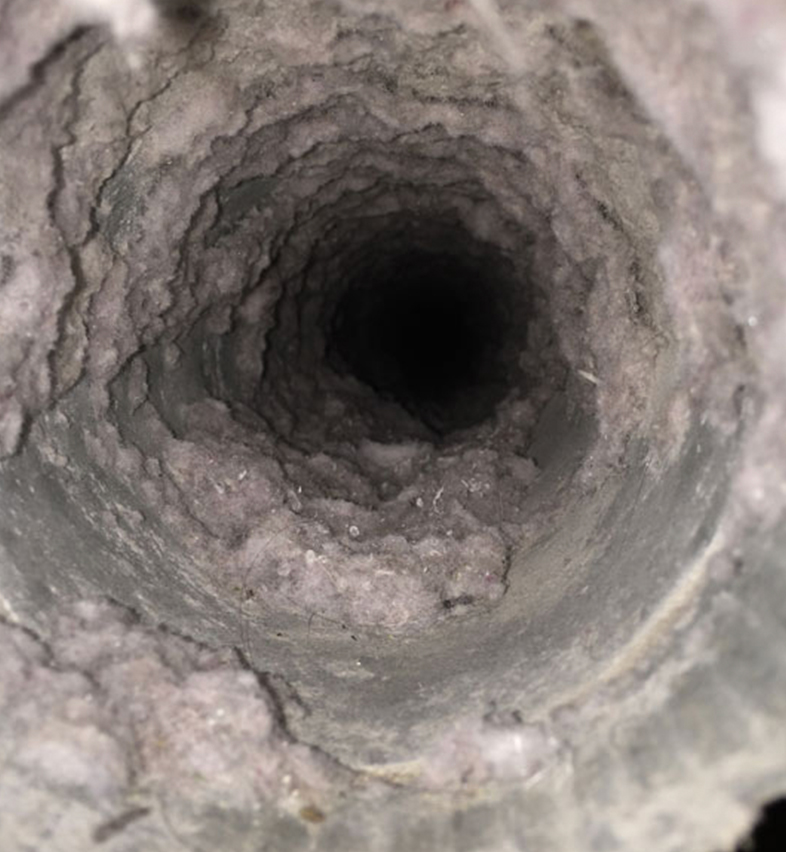
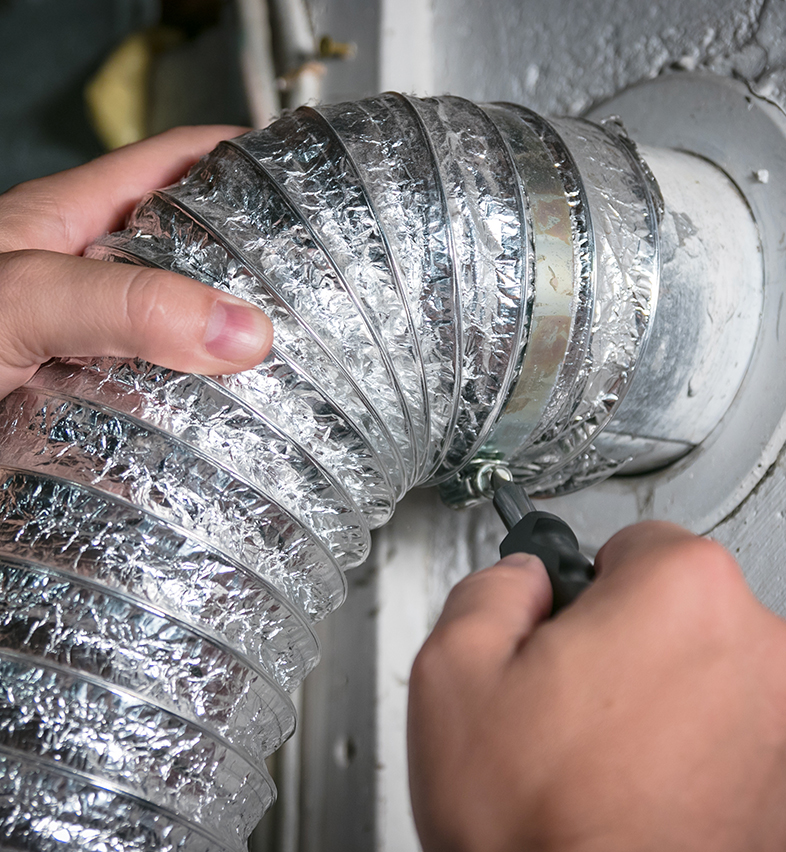
3. 75% of homes are not code compliant in this area.
Most clothes dryers have warning labels on the back of the machine or in the owner’s manual that prohibit the use of plastic or aluminum foil type connector vents (i.e. the vent that connects the appliance to the wall inlet). If you have a plastic or foil flex transition hose the velocity at which air flows through your vent system is likely compromised.
Plastic and foil flex vents do not expand to the full 4″ diameter required by manufacturers and local building codes. In addition, the corrugations are perfect places for lint buildup. Corrugated vents also cause turbulence in the airflow which prevents lint and moisture from exiting your dryer properly.
Plastic and foil flex vents are flammable and easily become squished against the wall behind your dryer, leading to reduced airflow. You should replace your plastic or foil flex vents with metal dryer vents that maintain the required 4″ minimum diameter.
4. Dryer fires are a real thing.
In fact, “failure to clean” is cited as the leading cause of over 15,000 dryer fires each year. Dryer manufacturers, the Consumer Product Safety Commission, the National Fire Protection Association and Consumer Reports recommend periodic cleaning of your dryer and venting system to prevent dryer fires from happening.

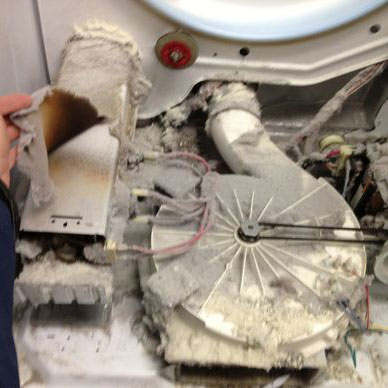
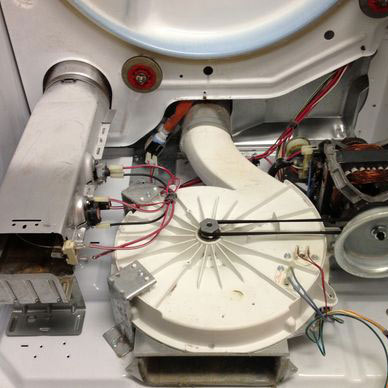
5. Proper dryer vent cleaning methods are usually ignored.
Proper dryer vent cleaning means thoroughly brushing the interior of the entire vent system and cleaning the interior of the dryer chassis or cabinet, (which includes cleaning parts like the blower, motor, wiring and other small components).
According to the U.S. Fire Administration (USFA), “the most likely items to ignite first are clothing near the dryer, as well as dust, fiber, lint, etc. This can be any place that collects dust and lint, such as within the dryer chassis, on the lint screen, around the dryer or in the dryer duct that carries the lint from the dryer to the outside of the home.”
A proper cleaning should include cleaning:
- The floor underneath your dryer
- The wall behind your dryer
- The roof or wall exhaust hood or outlet
- The dryer cabinet and components
- Any portion of the dryer vent that leads outside
- The dryer booster blower (if applicable)
- The dryer lint trap housing
- The dryer transition hose or pipe
- The dryer blower
- The interior dryer cabinet duct
- The dryer motor
Oftentimes, we also find pet and human hair wound around the rollers on the machine. Hair and dirt like this on the inside of your dryer will cause performance issues if not cleaned up properly as well.
6. Cleaning frequencies vary.
Most dryers and vent systems need to be cleaned at least once every one to three years. But how often your dryer vents need cleaning also depends on:
- How many loads of laundry you dry each week
- The total length of your dryer vent system
- The number of bends or curves in your dryer vent system
- The type of transition hose
- How many pets you have in your home
- Whether the seams in the vent are screwed or taped together
- The brand of laundry detergent you use
In fact, “failure to clean” is cited as the leading cause of over 15,000 dryer fires each year. Dryer manufacturers, the Consumer Product Safety Commission, the National Fire Protection Association and Consumer Reports recommend periodic cleaning of your dryer and venting system to prevent dryer fires from happening.

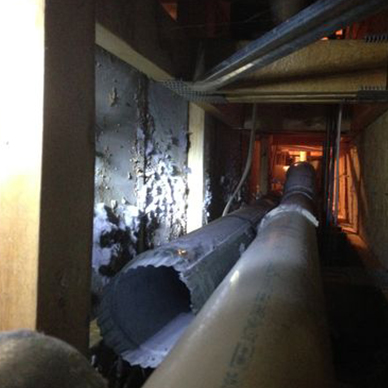
7. Some dryer vents are more problematic.
Most condos and houses built since 1985 have laundry rooms located toward the center of the building. This results in longer vent systems that can significantly impact overall dryer performance. Dryer manufacturers establish a maximum vent length to which their machines should be connected. The State of Wisconsin recommends 25′ as the maximum dryer vent length.
For every 90 degree bend that your vent takes from the back of the dryer to the outside wall, 5′ should be deducted from the maximum established length. (2.5′ for every 45 degree bend). Bends disturb and reduce airflow. Exceeding the net maximum length will cause lint buildup to occur more rapidly and hinder dryer performance
Summary
A clean dryer and venting system allows your dryer to function safely and efficiently. A clean system facilitates maximum airflow, saves energy, limits costly repair service calls, and extends the overall life of your machine.
Maintaining optimum air flow is critical for your dryer to last you the 15 to 20 years it was meant to. Reduced airflow is caused by a compromised transition vent behind the dryer, long venting systems, multiple bends in the system and excessive lint buildup.
Older houses typically have dryers located toward the outside of wall, so the dryer vents are shorter and easier to take down and clean when needed. While most houses, condos, and apartments built after 1985 have laundry rooms located in more convenient locations toward the middle of the building, but the venting systems have are much longer and are usually more difficult to access, so excess lint builds up quicker.
Championing Quality
Repairs at Fair Rates
with Guaranteed Results
Contact Champion
Appliance Care today!
(608) 227-3669

